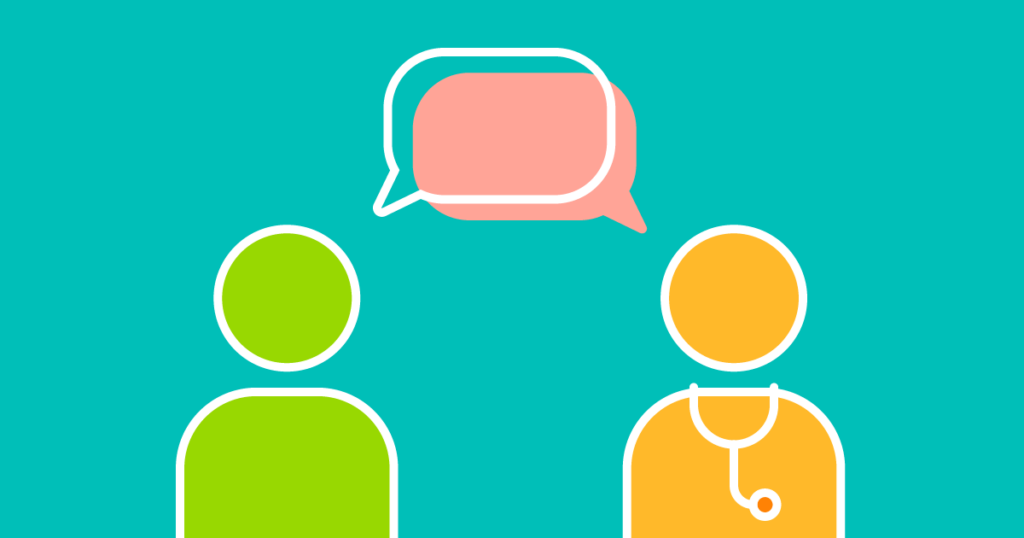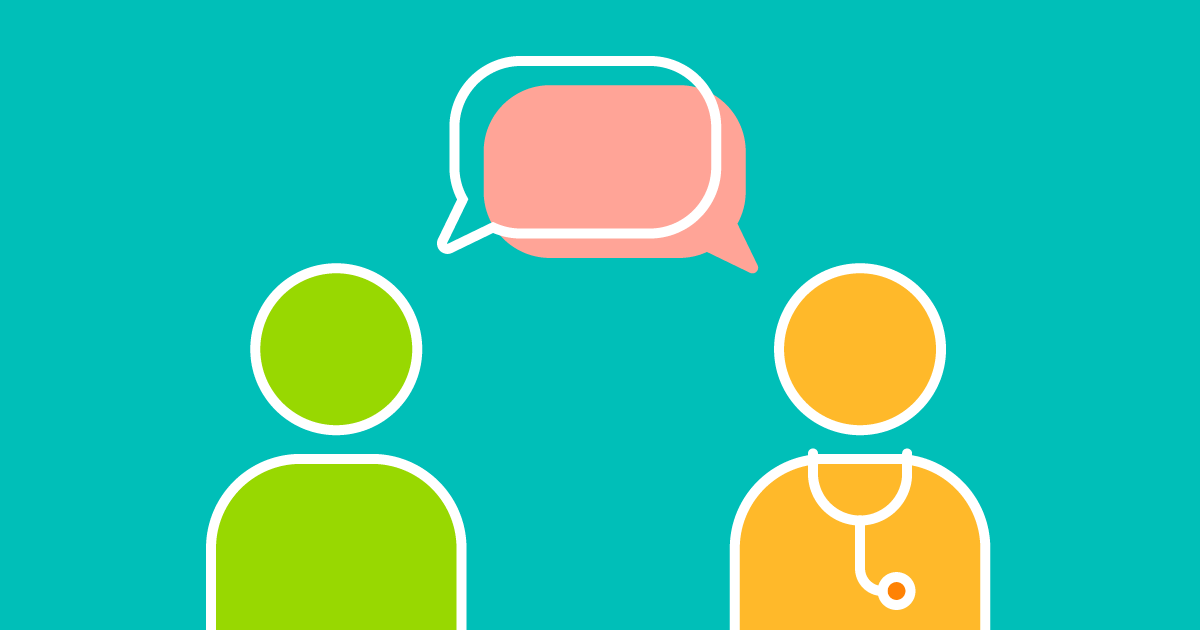Health literacy is becoming increasingly important in our everyday lives. In a society where we are surrounded by data, it’s crucial to be able to find, understand and apply information in order to make well-informed decisions.
What is health literacy?
The Centers for Disease Control and Prevention (CDC) defines personal health literacy as, ”the degree to which individuals have the ability to find, understand and use information and services to inform health-related decisions and actions for themselves and others.”
As of 2018, 36% of U.S. adults had basic or below-basic health literacy levels – that’s more than a third of the American population with a poor understanding of the health care information they receive.
When you break down levels of understanding health-related topics further, it’s even more surprising. Nearly 9-in-10 American adults struggle to understand and utilize public health information when it contains terms that are confusing and complex, according to the CDC. And a new poll from KFF indicates that Americans are increasingly encountering health misinformation and struggling to discern if they should believe it.
That being said, when health care providers use effective communication strategies, it has a positive impact on nearly every American citizen – no matter their level of personal health literacy. It also increases trust between patients and health care systems. This ultimately gives patients more dignity and control over their own health care journeys.

What are the risks of low health literacy?
People with low health literacy are at risk for more complications. These complications might include greater use of emergency care, decreased preventative care, inability to interpret labels and information booklets and an overall decrease in one’s quality of health.
Society also feels the impact of low health literacy rates. This is seen via higher hospital utilizations, higher mortality rates and higher health care costs. In fact, improving health literacy rates could prevent 1 million hospital visits. Additionally, it could save over $25 billion every year, according to the CDC.
“Low health literacy is a larger and further-reaching issue than it may seem. When patients or caregivers have low health literacy, not only are they unable to understand and apply health care-related information, they are also not able to achieve optimal outcomes in their overall health. This, in turn, can create an increased burden on the health care system overall.”

Executive Vice President of Home Health at Enhabit Home Health & Hospice Julie Jolley
Health literacy in home health care
In home health care, clinicians assess a patient’s health literacy through self-reporting. As a required part of their initial evaluation, they ask the question, “how often do you need to have someone help you when you read instructions, pamphlets or other written material from your doctor or pharmacy?”
Communication and education are crucial aspects of home health care. Having low health literacy may affect a patient’s ability to understand and follow their treatment plan or take their medication as directed.
The importance of self-reporting is critical as well. If patients don’t understand that they aren’t interpreting and applying information well, then they aren’t likely to express their concerns or ask for help. A home health clinician can introduce learning and educational strategies to help patients who are not health literate.
“Ultimately, we know that poor health literacy is linked to poor health outcomes,” Enhabit’s Senior Vice President of Specialty Programs Kasi Hedt said. “Through Enhabit’s specialty programs, which are condition-specific, user-friendly patient education tracks, our clinicians help patients actively manage their own recovery. They prioritize education in effort to mitigate questions and concerns before they arise. This has an overall positive impact on patient outcomes and satisfaction.”
How can a health care provider assess health literacy?
Noticing a patient is struggling with comprehension or understanding is the first step to addressing health literacy.
There are certain behaviors you can watch for that may indicate your patient is experiencing low health literacy. These behaviors include:
| – Making excuses when asked to read |
| – Tracing text with a finger while reading |
| – Incomplete knowledge of medical history |
| – Frequently missed health care appointments |
| – Increased emergency department use |
| – Signs of nervousness, confusion, frustration or withdrawal when asked details about health information |
| – Reliance on verbal communication |
After determining a patient might be struggling, Jolley says it is up to the provider to tailor their approach to better suit the patient.
“When a patient is experiencing any indicators of low health literacy, it is imperative that providers first recognize it,” Jolley said. “Then, they can begin to take steps to help their patient better understand critical health information.”
Best practices to improve health literacy rates
The CDC says that clear communication strategies and techniques can improve the rates of health literacy among the population. Their three main takeaways are as follows.
Present familiar concepts, words, numbers or images in ways that make sense to each individual patient. Use your patient’s preferred language, communication channels and cultural and linguistic norms wherever possible.
Test your information on others to see if you are communicating it clearly. Hand off your material to a colleague or partner. Ask for their honest feedback before releasing it to your patients or the public.
Refrain from using jargon. Jargon is special words or phrases that are used by a particular profession that may be difficult for others to understand. Health care providers should take the time to explain things to patients and caregivers using simple, easy-to-understand language.
If you are interested in learning more about national health literacy and the CDC’s initiatives, you can visit their National Action Plan to Improve Health Literacy and gather insight on how to develop your own health literacy plan in your organization.
Simple strategies to help patients better understand health information
If you are a practicing physician, implementing simple communication techniques, such as the following suggestions from Enhabit, may help improve your patients understanding of health information:
- Speak slowly
- Limit the amount of information given in one sitting
- Focus on results rather than detailed facts
- Organize information chronologically
- Start with the easiest parts of a message first
- Use the “teach-back” method and have patients repeat what you just explained to them
- Provide written information to reinforce verbal information
“It only takes a bit of extra consideration from a provider to help a patient better understand health care information,” Jolley said. “Slowing down and being intentional with how you communicate may be the defining difference in whether a patient understands how to improve their health or not.”
Social Share
At Enhabit our patients are our number one priority. From providing the latest medical practices to building deep personal connections, we’re focused on upholding every patient’s dignity, humanity and sense of control on their health care journey.
Home health
Our home health services give patients access to the care they deserve in the comfort of their own homes. From disease and injury management to recovery from surgery, our clinicians help patients confidently achieve their healthcare goals.
Hospice care
Our hospice care services place importance on the comfort of every patient living with a terminal illness. Our caring professionals are dedicated to providing not just physical care, but spiritual and emotional support to every patient and their loved ones.






